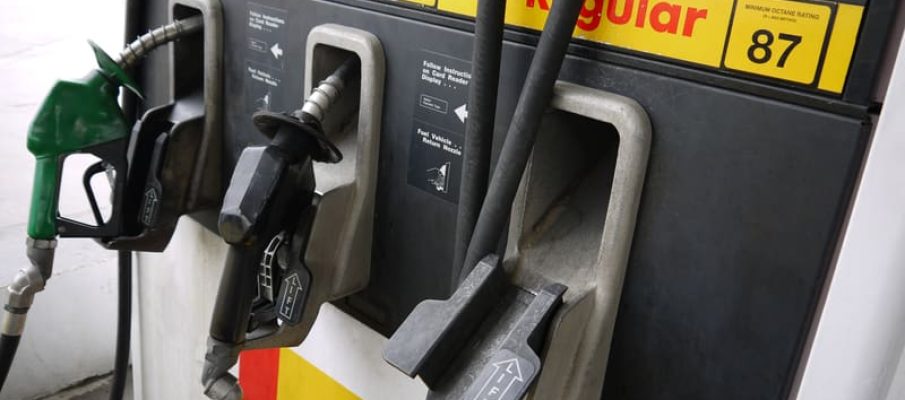Every time I fill the car up with gas these days, it costs me a little bit less than last time. According to the AAA, which tracks prices on their website, Fuel Gauge Report, today’s average price for regular gasoline in the United States is now under $2.20, compared to $3.31 just a year ago. For many of us, this is good news. It makes it cheaper to travel and leaves more money in our wallets to do other things. This should boost the economy and raise our standards of living.
But just as bad news often comes with its silver lining, the news isn’t all good. An interesting report on National Public Radio this morning pointed to research that suggests that low gas prices mean more traffic accidents. To hear the full report, click here.
What really interested me is that the report shows how much we seem to be motivated by money. Warnings about the dangers and impact of fast and very frequent driving seem to have little effect on our driving habits, but the threat of having to pay a little more changes the way we think about driving and how we drive. Specifically, the report says that we tend to plan our trips less carefully and we tend to hit the pedal harder when prices are low. As a result, the roads become more crowded, and the drivers accelerate harder and drive faster.
Perhaps the trick is to enjoy the low prices but maintain the good habits that we cultivated when prices were high. In other words, despite the low prices, we should:
- Resolve to drive a little bit more slowly and less aggressively. All research shows that high speeds cause accidents.
- Plan our trips more carefully. The low prices won’t go on forever, and we will enjoy them for a little longer if we don’t create a spike in demand.
- Take fewer trips and walk instead whenever possible. Taking a walk instead of driving has excellent effects on our physical and mental health.
So, let’s enjoy these prices while they last. But let’s treat our cars, one another, and the world in the way we should whether prices are high or low.







